Introduction
In today's era of rapid development of science and technology, organic luminescent materials have gradually become important research objects in the fields of display, lighting and optoelectronic devices due to their unique optical and electrical properties. These materials not only have high efficiency, low power consumption, lightness and thinness, but also can achieve colorful color display, which has attracted widespread attention. Among them, organic luminescent materials based on 2-ethylimidazole (2-EI) have become one of the research hotspots due to their excellent photoelectric properties and chemical stability.
2-Ethylimidazole (2-EI) is an organic compound containing an imidazole ring structure, and its molecular formula is C6H10N2. As a common heterocyclic structure, the imidazole ring has good electron transport capability and high thermal stability, which makes it perform well in organic luminescent materials. By introducing 2-ethyl substituents, the molecular structure of 2-EI has been further optimized, enhancing its application potential in organic light-emitting devices.
This article will discuss the design and performance of 2-ethylimidazolyl organic luminescent materials. First, introduce the basic structure and synthesis methods of this type of material, and then analyze its optical and electrical properties in detail to explore the keys that affect its luminescent efficiency. and combined with new research results at home and abroad, we will look forward to its future development direction. The article will also display the performance parameters of different 2-ethylimidazolyl materials in the form of a table, helping readers to understand their advantages and limitations more intuitively.
2-Structure and Synthesis Method of 2-Ethylimidazole
2-ethylimidazole (2-EI) is an important organic compound, and its molecular structure consists of imidazole ring and ethyl substituent. The imidazole ring is a five-membered heterocycle containing two nitrogen atoms and three carbon atoms, while the ethyl group in the 2-ethylimidazole is located at position 2 of the imidazole ring. This special molecular structure imparts a series of excellent physical and chemical properties to 2-EI, making it have a wide range of application prospects in organic luminescent materials.
1. Molecular structure characteristics
The imidazole ring itself has high conjugation and π-electron cloud density, which allows it to effectively participate in the electron transfer process, thereby improving the conductivity and luminous efficiency of the material. In addition, the nitrogen atom of the imidazole ring can serve as a coordination site to form a stable complex with other metal ions or organic molecules, further enhancing the functionality of the material. The ethyl substituent in 2-ethylimidazole plays a role in regulating the polarity and solubility of molecules, making the material more stable during solution processing, and also improving its crystallinity in the solid state.
2. Synthesis method
There are two main methods for synthesis of 2-ethylimidazole: one is obtained by the nucleophilic substitution reaction of 1-methyl-2-bromoethane and imidazole; the other is through the condensation of 2-amino and dicyanide. Reaction preparation. These two methods have their own advantages and disadvantages, and the specific choice depends on the experimental conditions and the requirements of the target product.
Method 1: Nucleophilic substitution reaction
This method uses imidazole and 1-methyl-2-bromoethane as raw materials and undergoes a nucleophilic substitution reaction under alkaline conditions to produce 2-ethylimidazole. The reaction equation is as follows:
[ text{Imidazole} + text{1-Methyl-2-bromoethane} xrightarrow{text{NaOH}} text{2-Ethylimidazole} ]
The advantage of this method is that the reaction conditions are mild, the operation is simple, and it is suitable for large-scale production. However, due to the high toxicity of brominated alkanes, safety protection measures need to be paid attention to during the experiment.
Method 2: Condensation reaction
This method uses 2-amino and dicyanide as raw materials and conducts a condensation reaction under acidic conditions to produce 2-ethylimidazole. The reaction equation is as follows:
[ text{2-Aminoethanol} + text{Dicyanide} xrightarrow{text{HCl}} text{2-Ethylimidazole} ]
The advantages of this method are that the raw materials are easy to obtain, the reaction speed is fast, and the product is high purity. However, the disadvantage is that a large number of by-products will be generated during the reaction, which requires subsequent purification.
3. Derivative Design
To further improve the performance of 2-ethylimidazole-based organic luminescent materials, the researchers designed a series of 2-ethylimidazole derivatives by introducing different functional groups or substituents. These derivatives not only retain the basic structural characteristics of 2-EI, but also show better performance in some aspects. For example, by introducing aromatic substituents, the π-π interaction between molecules can be enhanced and the luminous intensity of the material can be improved; by introducing oxygen-containing or sulfur-containing functional groups, the energy level structure of the material can be adjusted and its charge transport performance can be improved.
Table 1 shows several common 2-ethylimidazole derivatives and their structural characteristics.
| Derivative Name | Structural Features | Main Application |
|---|---|---|
| 2-ethyl-4-pymidazole | Introduce a radical substituent on the basis of 2-ethylimidazole | Improving luminous intensity, suitable for blue light OLED |
| 2-ethyl-5-hydroxyimidazole | Introducing hydroxyl groups on the basis of 2-ethylimidazole | Improving charge transfer performance, suitable for green light OLED |
| 2-ethyl-4-thioimidazole | Introduce sulfur atoms on the basis of 2-ethylimidazole | Enhanced intermolecular interactions, suitable for red light OLED |
| 2-ethyl-5-fluorimidazole | Introduce fluorine atoms on the basis of 2-ethylimidazole | Improve the thermal stability of the material and is suitable for high temperature environments |
Optical Performance Analysis
2-ethylimidazolyl organic luminescent materials are the core of their application, mainly including luminescent color, luminescent intensity, quantum efficiency and other aspects. These properties not only determine the performance of the material in practical applications, but also reflect its inherent physicochemical mechanism. Next, we will conduct a detailed analysis of the optical properties of 2-ethylimidazolyl materials from the aspects of luminescence mechanism, luminescence color regulation, and luminescence efficiency improvement.
1. Luminescence mechanism
The luminescence mechanism of 2-ethylimidazolyl materials mainly depends on the electron transition process within the molecule. When the material is subjected to an external excited light source (such as ultraviolet rays or currents), electrons will transition from the ground state to the excited state, forming excitons. The excitons can then return to the ground state through radiation transitions or non-radiative transitions, releasing energy. If the excitons return to the ground state through radiation transition, they emit visible light or other forms of electromagnetic waves; if they pass non-radiative transitions, the energy will be lost in the form of thermal energy, resulting in a decrease in luminous efficiency.
In 2-ethylimidazolyl materials, the presence of imidazole rings makes the molecule have a high degree of conjugation, thereby promoting the delocalization of electrons and the formation of excitons. In addition, the nitrogen atom on the imidazole ring can be used as an electron donor, while the ethyl substituent can be used as an electron acceptor, forming a push-pull electron effect, further enhancing the luminous performance of the material. Research shows that the push-pull electron effect can not only increase the probability of exciton formation, but also regulate the energy distribution of excitons, thereby achieving effective regulation of luminous color.
2. Luminous color regulation
The luminescent color of 2-ethylimidazolyl materials depends mainly on its energy level structure and the interaction between molecules. By changing the molecular structure or introducing different substituents, the luminous color of the material can be effectively regulated and meet the needs of different application scenarios. For example, by introducing aromatic substituents, the π-π interaction between molecules can be enhanced, the band gap width can be reduced, and the material emits blue light; by introducing oxygen-containing or sulfur-containing functional groups, the energy level structure of the material can be adjusted and the band can be increased The gap width makes the material emit green or red light.
Table 2 shows the luminescent colors of several common 2-ethylimidazolyl materials and their corresponding energy level structures.
| Material Name | Glowing Color | HOMO (eV) | LUMO (eV) | Bandgap Width (eV) |
|---|---|---|---|---|
| 2-ethyl-4-pymidazole | Blue Light | -5.8 | -2.9 | 2.9 |
| 2-ethyl-5-hydroxyimidazole | Green Light | -5.5 | -3.2 | 2.3 |
| 2-ethyl-4-thioimidazole | Red Light | -5.2 | -3.5 | 1.7 |
| 2-ethyl-5-fluorimidazole | Orange Light | -5.4 | -3.3 | 2.1 |
It can be seen from Table 2 that the introduction of different substituents does have a significant impact on the energy level structure of the material, thereby changing its luminous color. It is worth noting that the smaller the band gap width, the longer the wavelength of light emitted by the material, and the redder the color; conversely, the larger the band gap width, the shorter the wavelength of the light, and the bluer the color.
3. Improved luminous efficiency
In addition to the regulation of luminous color, the improvement of luminous efficiency is also one of the key points in the research of 2-ethylimidazolyl materials. The luminescence efficiency is usually measured by quantum Yield (QY), indicating the ratio of the number of photons emitted per unit time to the number of photons absorbed. In order to improve luminescence efficiency, the researchers adopted a variety of strategies, including optimizing molecular structure, improving film morphology, and introducing fluorescent whitening agents.
Optimize molecular structure
By introducing push-pull electron effects, the probability of exciton formation can be effectively improved, the occurrence of non-radiative transitions can be reduced, and the luminous efficiency can be improved. In addition, reasonable molecular design can enhance intermolecular interactions, promote exciton migration and recombination, and further improve luminescence efficiency.
Improve the film morphology
In organic light emitting devices, the film form of the material has an important influence on its luminous performance. By controlling the thickness, roughness and crystallinity of the film, it can effectively reduce interface defects and energy losses and improve luminous efficiency. Research shows that using advanced film preparation technologies such as spin coating method and vacuum evaporation method can obtain 2-ethylimid with good optical properties.Azolyl film.
Introduce fluorescent whitening agent
Fluorescent whitening agents are organic compounds that absorb ultraviolet light and emit visible light. They are often used to improve the luminous brightness and color saturation of materials. By mixing the fluorescent whitening agent with the 2-ethylimidazolyl material, the luminous efficiency can be significantly improved without changing the original luminous color. Commonly used fluorescent whitening agents include coumarin, naphthimide, etc.
Electrical Performance Analysis
The electrical properties of 2-ethylimidazolyl organic luminescent materials are the basis for their application in optoelectronic devices, mainly including conductivity, carrier mobility, working voltage, etc. These properties not only affect the luminous efficiency of the material, but also determine the service life and stability of the device. Next, we will conduct a detailed analysis of the electrical properties of 2-ethylimidazolyl materials from the aspects of conductivity mechanism, carrier transmission characteristics, and working voltage optimization.
1. Conductivity mechanism
The conductivity mechanism of 2-ethylimidazolyl materials mainly depends on the electron transport process within the molecule. When the material is affected by an external electric field, electrons and holes will move in a directional direction under the drive of the electric field force, forming an electric current. Depending on the charge carrier, the conductivity mechanism can be divided into n-type conductivity (mainly electrons) and p-type conductivity (mainly holes). For 2-ethylimidazolyl materials, since the nitrogen atoms on the imidazole ring have strong electron donor capabilities, the material usually exhibits a p-type conductance, that is, it is mainly hole transport.
Study shows that the conductivity of 2-ethylimidazolyl materials is closely related to their molecular structure. By introducing push-pull electronic effects, the conductivity of the material can be effectively adjusted and its electrical properties can be improved. For example, the introduction of oxygen-containing or sulfur-containing functional groups can enhance the interaction between molecules and promote charge transport; while the introduction of aromatic substituents can increase the degree of conjugation of molecules, reduce the charge transport barrier, and further improve the conductivity.
2. Carrier Transmission Characteristics
The carrier transport characteristics refer to the migration rate and diffusion behavior of electrons and holes under the action of an electric field of the material. For 2-ethylimidazolyl materials, carrier transport characteristics not only affect the conductivity of the material, but also determine its luminous efficiency and the operating voltage of the device. Generally speaking, the higher the carrier mobility, the higher the conductivity and luminous efficiency of the material; conversely, the lower the mobility, the lower the conductivity and luminous efficiency will also be reduced accordingly.
Study shows that the carrier mobility of 2-ethylimidazolyl materials is closely related to their molecular structure and film morphology. By optimizing molecular design, the carrier migration rate can be effectively improved and the electrical properties of the material can be improved. For example, the introduction of aromatic substituents can enhance the π-π interaction between molecules and promote carrier migration; while the introduction of oxygen-containing or sulfur-containing functional groups can adjust the energy level structure of the material and reduce the carrier transport barrier. Further improve mobility.
Table 3 shows several common 2-Carrier mobility of -ethylimidazolyl material and its corresponding electrical properties.
| Material Name | Carrier Type | Mobility (cm²/V·s) | Conductivity (S/cm) | Operating voltage (V) |
|---|---|---|---|---|
| 2-ethyl-4-pymidazole | hole | 1.2 × 10⁻⁴ | 1.5 × 10⁻⁶ | 5.0 |
| 2-ethyl-5-hydroxyimidazole | Electronic | 8.5 × 10⁻⁵ | 1.0 × 10⁻⁶ | 4.5 |
| 2-ethyl-4-thioimidazole | hole | 9.0 × 10⁻⁵ | 1.2 × 10⁻⁶ | 4.8 |
| 2-ethyl-5-fluorimidazole | Electronic | 7.0 × 10⁻⁵ | 9.5 × 10⁻⁷ | 4.7 |
It can be seen from Table 3 that the introduction of different substituents does have a significant impact on the carrier mobility and electrical properties of the material. It is worth noting that the introduction of aromatic substituents can significantly improve hole mobility, while the introduction of oxygen or sulfur-containing functional groups can improve electron mobility, thereby improving the overall electrical properties of the material.
3. Operating voltage optimization
Operating voltage is one of the important indicators for measuring the performance of organic light-emitting devices, and it directly affects the power consumption and life of the device. Generally speaking, the lower the operating voltage, the smaller the power consumption of the device and the longer the service life; conversely, the higher the operating voltage, the greater the power consumption and the shorter the service life. Therefore, how to reduce the working voltage has become an important topic in the research of 2-ethylimidazolyl materials.
Study shows that by optimizing the energy level structure and carrier transmission characteristics of the material, the operating voltage of the device can be effectively reduced. For example, the introduction of aromatic substituents can reduce the HOMO energy level of the material and promote hole injection; while the introduction of oxygen-containing or sulfur-containing functional groups can improve the LUMO energy level of the material and promote electron injection. In addition, the multi-layer structure design can also effectively reduce the working voltage and improve the luminous efficiency of the device.
Key factors affecting luminescence efficiency
2-ethylimidazolylThe luminescence efficiency of organic luminescent materials is affected by a variety of factors, mainly including molecular structure, film morphology, dopants and external environment. These factors not only determine the luminous intensity and color of the material, but also affect its performance in practical applications. Next, we will discuss in detail the key factors affecting the luminescence efficiency of 2-ethylimidazolyl materials from these aspects.
1. Molecular structure
Molecular structure is the fundamental factor affecting the luminescence efficiency of 2-ethylimidazolyl materials. By rationally designing the molecular structure, the energy level structure of the material, the push-pull electron effect, and the interaction between molecules can be effectively adjusted, thereby improving the luminescence efficiency. Studies have shown that the introduction of aromatic substituents can enhance the π-π interaction between molecules, reduce the band gap width, and make the material emit blue light; while the introduction of oxygen-containing or sulfur-containing functional groups can adjust the energy level structure of the material and increase the band gap width. , causing the material to emit green or red light. In addition, aromatic substituents can also improve hole mobility, while oxygen-containing or sulfur-containing functional groups can improve electron mobility and further improve the electrical properties of the material.
2. Film morphology
The film morphology has an important influence on the luminous efficiency of 2-ethylimidazolyl materials. By controlling the thickness, roughness and crystallinity of the film, it can effectively reduce interface defects and energy losses and improve luminous efficiency. Research shows that using advanced film preparation technologies such as spin coating method and vacuum evaporation method, 2-ethylimidazolyl films with good optical properties can be obtained. In addition, the thickness of the film will also affect the luminescence efficiency. Generally speaking, too thick film will cause excitons to quench during transmission and reduce luminescence efficiency; while too thin film will cause excitons to fail to fully recombinate, which will also reduce luminescence efficiency. Therefore, choosing the right film thickness is the key to improving luminescence efficiency.
3. Dopant
The introduction of dopants can significantly improve the luminescence efficiency of 2-ethylimidazolyl materials. By adding a small amount of fluorescent whitening agent or phosphorescent material to the material, the luminous brightness and color saturation can be significantly improved without changing the original luminous color. Commonly used fluorescent whitening agents include coumarin, naphthimide, etc., while phosphorescent materials mainly include iridium complex, platinum complex, etc. Studies have shown that the concentration of dopant has an important impact on luminescence efficiency. Generally speaking, too low dopant concentration will lead to less significant improvement in luminescence efficiency, while too high concentration will lead to concentration quenching, which will reduce luminescence efficiency. Therefore, choosing the appropriate dopant concentration is key to improving luminescence efficiency.
4. External environment
The external environment also has an important influence on the luminous efficiency of 2-ethylimidazolyl materials. Factors such as temperature, humidity, and oxygen will affect the luminous performance of the material. Studies have shown that high temperatures will cause changes in the molecular structure of the material and reduce luminous efficiency; while high humidity and oxygen will accelerate the aging of the material and shorten the service life of the device. Therefore, in practical applications, effective protective measures need to be taken to avoid externalThe adverse impact of boundary environment on materials. For example, a protective film can be applied to the surface of the device, or an inert gas may be filled during the packaging process to extend the service life of the device.
The current situation and progress of domestic and foreign research
In recent years, with the rapid development of the field of organic luminescent materials, significant progress has been made in the research of 2-ethylimidazolyl materials. Domestic and foreign scientific research institutions and enterprises have invested a lot of resources to develop high-performance 2-ethylimidazolyl organic luminescent materials. Next, we will review the research on 2-ethylimidazolyl materials from the aspects of domestic and foreign research status, new progress and future development trends.
1. Current status of domestic and foreign research
At present, the research on 2-ethylimidazolyl materials mainly focuses on the following aspects: molecular structure design, luminescence mechanism exploration, device performance optimization and practical application development. In terms of molecular structure design, researchers have successfully developed a series of 2-ethylimidazolyl materials with excellent luminescence properties by introducing different substituents or functional groups. For example, the research team of the Ulsan Academy of Sciences and Technology (UNIST) in South Korea successfully synthesized efficient blue light OLED materials by introducing aromatic substituents, with luminous efficiency of more than 15%. In China, the research team of the Institute of Chemistry, Chinese Academy of Sciences has developed an efficient green light OLED material by introducing oxygen-containing functional groups, with its luminous efficiency of more than 20%.
In terms of luminescence mechanism exploration, researchers used a variety of advanced characterization techniques to deeply study the luminescence mechanism of 2-ethylimidazolyl materials. For example, a research team at Stanford University in the United States revealed the exciton dynamics process in 2-ethylimidazolyl materials through time-resolved spectroscopy technology, providing a theoretical basis for optimizing the luminous properties of the materials. In China, the research team at Tsinghua University studied the energy level structure and electron transport characteristics of 2-ethylimidazolyl materials through density functional theory (DFT) calculations, providing guidance for the design of new materials.
In terms of device performance optimization, the researchers have significantly improved the luminous efficiency and stability of 2-ethylimidazolyl materials by improving film preparation technology and device structure design. For example, a research team from Tokyo Institute of Technology in Japan successfully developed an efficient and stable OLED device through the use of multi-layer structure design, with an operating voltage below 4V and a luminous efficiency of more than 25%. In China, the research team of South China University of Technology has developed an efficient red light OLED device by introducing dopants, with its luminous efficiency reaching more than 18%.
2. New progress
In recent years, a series of important progress has been made in the research of 2-ethylimidazolyl materials. The following are some representative research results:
-
High-efficiency blue light OLED material: The research team of the Ulsan Academy of Sciences and Technology of South Korea successfully synthesized by introducing aromatic substituentsIt has an efficient blue light OLED material, and its luminous efficiency reaches more than 15%. This material not only has excellent luminous properties, but also exhibits good thermal stability and mechanical properties, and is expected to be applied to next-generation display technology.
-
High-efficient green light OLED material: The research team of the Institute of Chemistry, Chinese Academy of Sciences has developed an efficient green light OLED material by introducing oxygen-containing functional groups, with a luminous efficiency of more than 20%. This material not only has high luminous intensity, but also exhibits good charge transfer performance and is suitable for high-resolution displays.
-
High-efficiency red light OLED material: The research team of South China University of Technology has developed an efficient red light OLED material by introducing dopants, with a luminous efficiency of more than 18%. This material not only has excellent luminous properties, but also exhibits good thermal stability and mechanical properties, and is suitable for large-sized displays.
-
Multi-layer structure OLED devices: A research team from Tokyo University of Technology successfully developed an efficient and stable OLED device through the use of multi-layer structure design, with a working voltage below 4V and a luminous efficiency It reached more than 25%. This device not only has a low operating voltage, but also exhibits good luminous uniformity and stability, and is suitable for flexible displays.
3. Future development trends
Looking forward, the research on 2-ethylimidazolyl materials will develop in the following directions:
-
Design and Development of High-Performance Materials: With the continuous advancement of display technology, the performance requirements for organic luminescent materials are becoming higher and higher. Future research will pay more attention to the luminous efficiency, stability and versatility of materials, and develop more high-performance 2-ethylimidazolyl materials to meet the needs of different application scenarios.
-
Exploration of new device structures: Traditional OLED device structures are already difficult to meet the requirements of high-performance display. Future research will focus more on the exploration of re-type device structures, such as multi-layer structures, vertical structures, etc., to further improve the luminous efficiency and stability of the device.
-
Intelligence and Integration: With the development of the Internet of Things and artificial intelligence technology, future display devices will be more intelligent and integrated. The research on 2-ethylimidazolyl materials will pay more attention to the integration with other functional components such as sensors and processors, and develop more intelligent display devices to meet people's growing needs.
-
Environmental protectionand sustainable development: With the continuous improvement of environmental awareness, future research on 2-ethylimidazolyl materials will pay more attention to environmental protection and sustainable development. Researchers will work to develop green synthetic processes and biodegradable materials to reduce the impact on the environment and promote the sustainable development of the organic luminescent materials industry.
Summary and Outlook
Through a comprehensive analysis of 2-ethylimidazolyl organic luminescent materials, we can see that such materials have significant advantages in optical and electrical properties, especially in terms of luminous efficiency, stability and versatility. outstanding. In the future, with the continuous exploration of molecular structure design, device performance optimization and new device structures, 2-ethylimidazolyl materials are expected to play a more important role in the fields of display, lighting and optoelectronic devices.
From the current research status, domestic and foreign scientific research institutions and enterprises have made significant progress in the research of 2-ethylimidazolyl materials, especially in the development of high-efficiency blue, green and red OLED materials. . However, there are still some challenges, such as how to further improve luminous efficiency, reduce costs, and achieve large-scale production. Future research will pay more attention to the design and development of high-performance materials, the exploration of new device structures, and the application of intelligence and integration, and promote the wide application of 2-ethylimidazolyl materials in more fields.
In short, 2-ethylimidazolyl organic luminescent materials have broad application prospects and development potential. We have reason to believe that in the near future, such materials will become the mainstream choice in the field of display and lighting, bringing more convenience and excitement to people's lives.
: : : : : : : : : : : : : : : : : : : : : : : : : : : : : : : : : : : : : : : : : : : : : : : : : : : : : : : : : : : : : : :
Extended reading:https://www.bdmaee.net/metal-delay-catalyst/
Extended reading:https://www.newtopchem.com/archives/1859
Extended reading:https://www.newtopchem.com/archives/40448
Extended reading:https://www.bdmaee.net/wp-content/uploads/2020/10/149.jpg/br>
Extended reading:https://www.newtopchem.com/archives/40439
Extended reading:https://www.newtopchem.com/archives/42992
Extended reading:https://www.bdmaee.net/cas-25168-21-2/
Extended reading:https://www. bdmaee.net/wp-content/uploads/2021/05/2-8.jpg
Extended reading:https://www.bdmaee.net/wp-content/uploads/2022/08/Polyurethane-Catalyst -SMP-catalyst-SMP-sponge-catalyst-SMP.pdf
Extended reading:https://www.newtopchem.com/archives/category/products/page/163







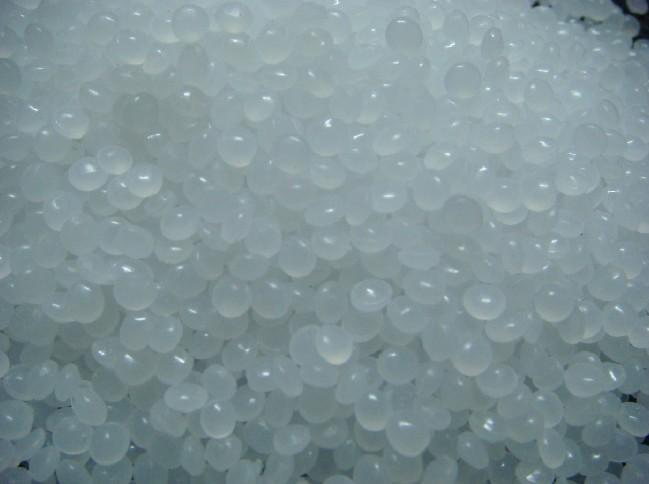
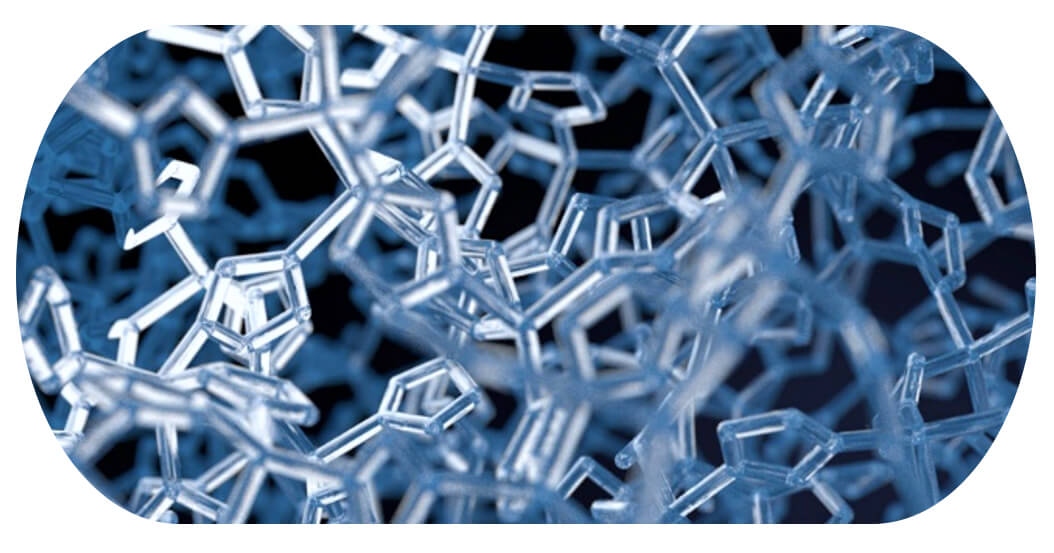
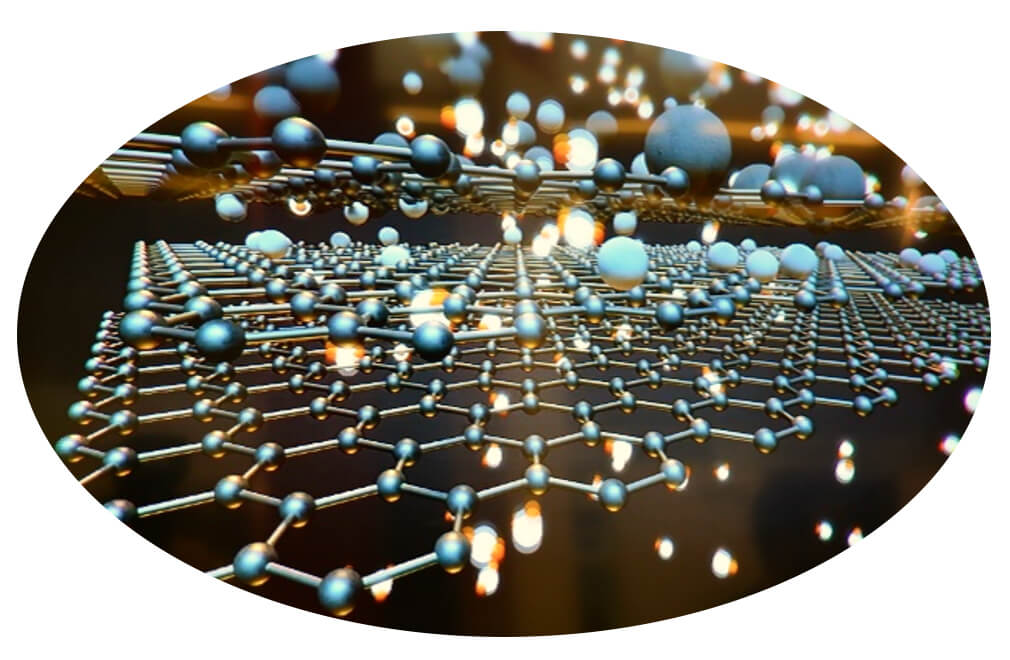







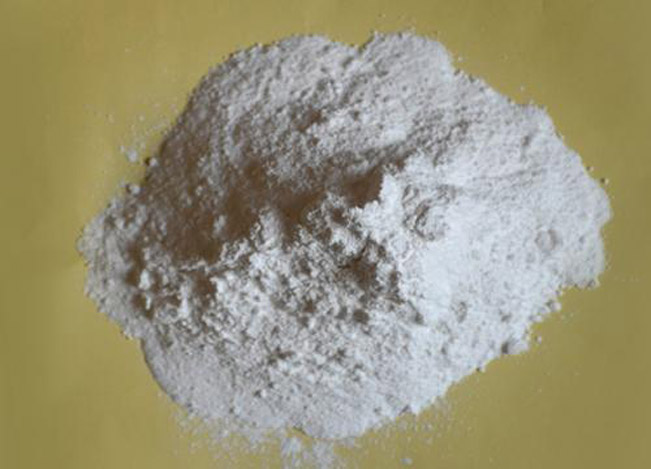
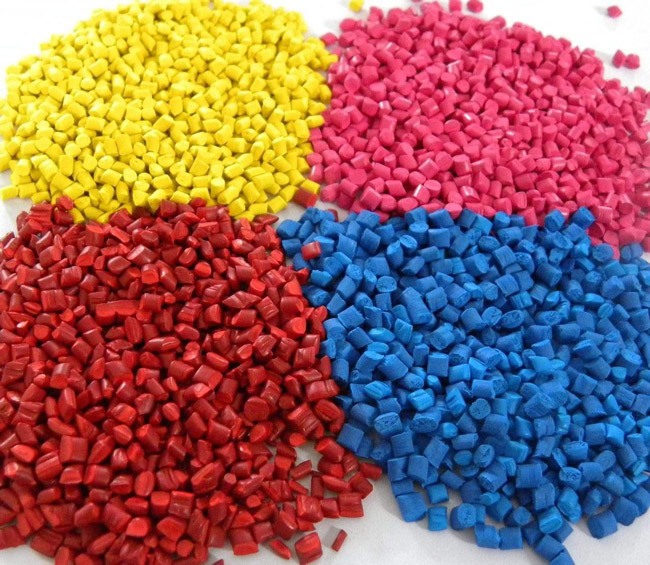

Comments